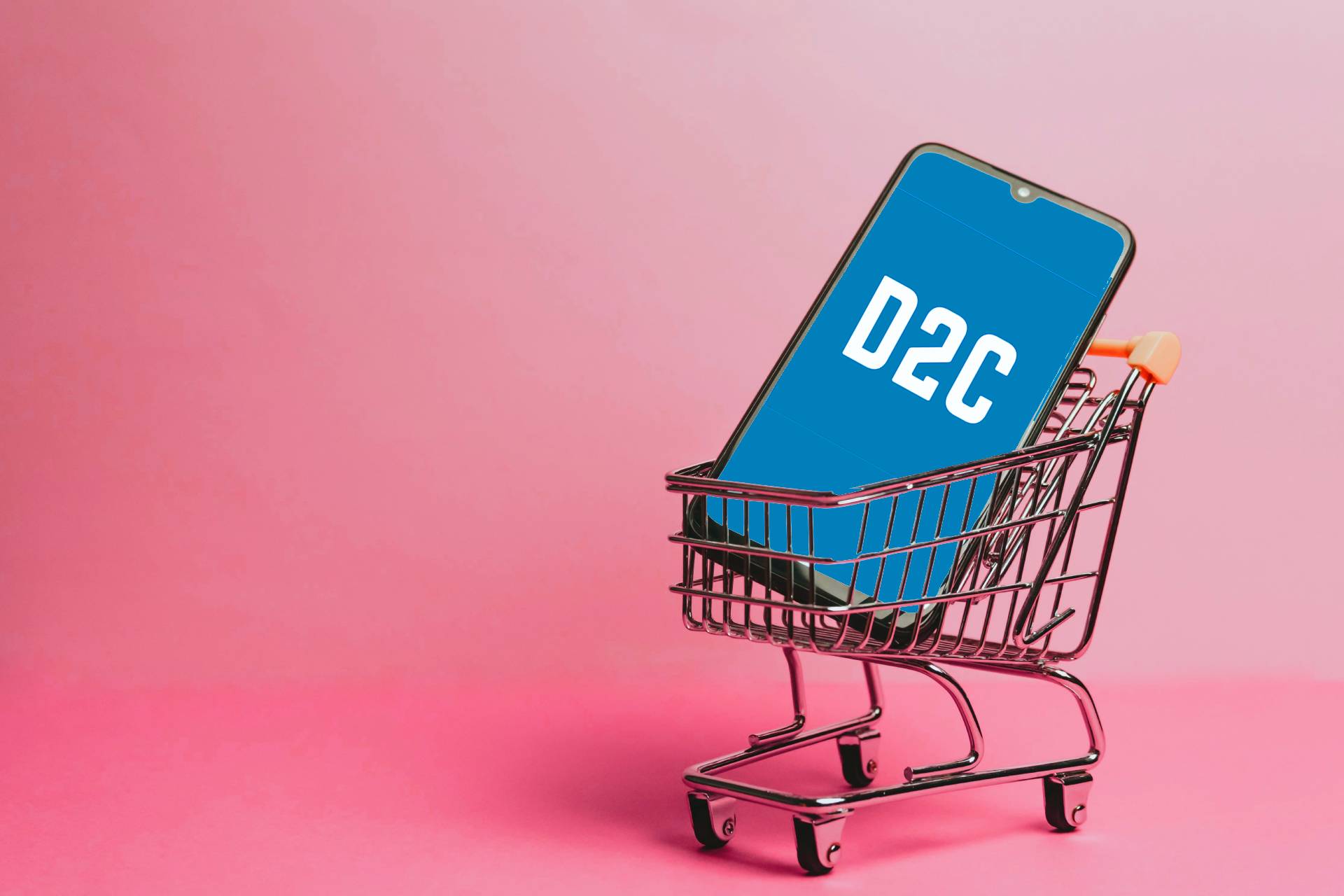The shift from traditional retail to more direct engagement through Direct-to-Consumer (D2C) and Business-to-Consumer (B2C) models is reshaping the landscape of e-commerce. This detailed guide explores how these models function, their key differences, and what businesses need to know to leverage them effectively. By understanding the nuances of D2C vs B2C, companies can better align their strategies with consumer expectations and technological advancements, ensuring greater control over their brand and customer relationships.
What Are D2C and B2C Business Models?
Understanding the fundamentals of the D2C and B2C models is crucial for businesses looking to engage directly with their consumer base. The D2C model allows brands to bypass traditional intermediaries like retailers and wholesalers, selling directly to consumers and thus enhancing the customer experience with more personalized interactions and services. Meanwhile, B2C typically involves selling products or services to consumers through mediators like retail stores or e-commerce platforms.
How Do D2C and B2C Differ?
The primary difference between D2C and B2C models lies in their approach to reaching consumers. D2C brands maintain end-to-end control over the manufacturing, marketing, and distribution of their products, offering them unique insights into consumer behaviors and preferences. In contrast, B2C businesses often rely on a network of retailers and distributors, which can dilute their direct relationship with customers.
The Benefits of a D2C Business Model
Adopting a D2C model offers several advantages, such as higher profit margins by eliminating the middleman, greater control over the brand narrative, and direct feedback from consumers. These benefits allow D2C companies to be more agile, responding quickly to market trends and consumer needs with innovative products and tailored marketing strategies.
Exploring B2C Companies and Their Strategies
B2C companies operate within a traditional model that focuses on volume and accessibility, utilizing established retail channels and e-commerce platforms to reach a broad audience. Their strategies often emphasize optimizing the retail experience, both online and offline, to maximize reach and efficiency in sales and distribution.
Key Differences Between D2C and B2C
Highlighting the key differences between D2C and B2C models helps businesses understand the implications for supply chain management, customer acquisition, and marketing. D2C brands often have a direct line of communication with their customers, allowing for more precise and effective marketing campaigns, whereas B2C brands may need to invest more heavily in brand visibility and consumer trust to stand out in crowded marketplaces.
Bridging the Gap: B2B, B2C, and D2C Dynamics
Understanding the interaction between B2B (Business-to-Business), B2C (Business-to-Consumer), and D2C (Direct-to-Consumer) models helps brands tailor their strategies to different market segments. B2B companies sell products or services to other businesses, often in bulk or at wholesale pricing, while B2C and D2C companies focus on selling directly to the consumer, with D2C bypassing traditional intermediaries to enhance control over the customer journey.
Leveraging Online Marketplaces to Expand Reach
Online marketplaces like Amazon, eBay, and Etsy offer businesses a powerful platform to reach a broader audience. By listing products on these platforms, brands can tap into the marketplace’s vast customer base, benefiting from the established trust and logistical prowess these platforms provide. This strategy is particularly advantageous for D2C brands that want to complement their direct sales channels without the overhead of physical stores or personal e-commerce sites.
Understanding the Role of the End Consumer in E-commerce
In D2C and B2C models, the end consumer is not just a buyer but a central figure around which business strategies are crafted. Understanding consumer behavior, preferences, and expectations is crucial for tailoring offerings that resonate and compel purchases. Direct interactions with end consumers allow brands to gather insights that inform product development, marketing strategies, and overall customer experience enhancements.
Optimizing Distribution Channels for E-commerce Efficiency
Effective management of distribution channels is key to e-commerce success. Brands must choose the right mix of direct and indirect distribution methods to ensure their products reach consumers efficiently and cost-effectively. Whether it’s using third-party logistics providers to handle fulfillment or relying on drop shipping agreements, each choice impacts delivery speed, customer satisfaction, and, ultimately, profitability. Read more here.
The Growing Influence of Online Shopping on Consumer Habits
Online shopping has transformed consumer habits, creating expectations for convenience, variety, and instant gratification. The rise of mobile commerce has further accelerated this shift, making it essential for brands to optimize their online presence for mobile devices. Ensuring that shopping experiences are seamless, secure, and engaging across all devices is critical for capturing and retaining the modern consumer, who increasingly prefers to shop online.
How D2C Enhances Brand Recognition and Loyalty
Direct-to-consumer strategies strengthen brand recognition and loyalty by fostering a direct, unmediated connection with the consumer. This approach allows brands to tailor their messaging and engagement strategies more precisely, leveraging customer data gathered from direct interactions to refine their offerings and enhance the overall customer experience.
Utilizing Social Media Platforms to Connect Directly with Consumers
Social media platforms are invaluable for D2C and B2C brands aiming to expand their customer base and engage directly with consumers. These platforms provide a unique space for brands to market their products, share content that resonates with their audience, and interact directly with customers, which is crucial for building a loyal community and enhancing brand visibility.
The Power of Customer Data in Shaping the D2C Experience
In the D2C model, access to customer data is paramount. Direct interactions with consumers allow D2C brands to collect detailed insights into buying behaviors, preferences, and feedback. This data is instrumental in making informed decisions about product development, marketing strategies, and personalized customer experiences, which help in maintaining control over the customer journey.
Maximizing Control Over the Customer Experience in E-commerce
D2C brands operating online stores have the unique advantage of controlling the entire customer experience, from the first website visit through post-purchase follow-up. This control allows for a seamless and personalized shopping experience that can lead to higher satisfaction rates, repeat business, and increased brand loyalty.
Delivering Products and Services Directly to Enhance Consumer Relationships
Selling products or services directly to consumers without relying on intermediaries allows D2C brands to establish stronger relationships with their customer base. By controlling every aspect of the sale and fulfillment process, these brands can ensure a high level of service quality and responsiveness that meets or exceeds consumer expectations.
The Role of Online Stores in Expanding Market Reach
Online stores are essential for D2C and B2C brands looking to expand their reach beyond traditional retail boundaries. By offering products directly through e-commerce platforms, these brands can access a global market, provide 24/7 shopping convenience, and rapidly adjust to market demands without the limitations of physical retail locations.
Leveraging Brand Identity to Build Consumer Trust
A strong brand identity is crucial for D2C brands as it helps differentiate them in a crowded market. Effective branding, combined with consistent and authentic communication through various channels, including social media, helps build consumer trust. This trust is fundamental to developing a loyal customer base willing to advocate for the brand.
Enhancing Direct Customer Engagement Through Personalization
Personalizing the customer experience is a significant advantage of the D2C model. By using data from direct interactions, brands can tailor their marketing efforts and product offerings to better meet the individual needs and preferences of their customers. This level of personalization can significantly enhance customer satisfaction and loyalty.
The Role of E-commerce in D2C and B2C Models
E-commerce plays a pivotal role in both D2C and B2C models by providing the platforms and tools needed for online transactions. For D2C brands, e-commerce solutions facilitate a direct connection with the end customer, while B2C brands use these platforms to reach a larger audience through various online and physical sales channels.
The Impact of Intermediaries on Customer Experience
Examining the role of intermediaries in the B2C model shows how they can influence the customer journey, sometimes creating barriers to direct interaction between brands and consumers. In contrast, D2C brands often provide a more streamlined and personalized customer experience, as they manage all interactions from the first touchpoint to the final sale and follow-up.
Customer Acquisition and Retention in D2C vs B2C
Customer acquisition and retention are executed differently in D2C and B2C models. D2C brands focus on building long-term relationships through direct interactions, while B2C brands often leverage wider retail exposure to attract customers. Each model requires distinct strategies for engagement and conversion tailored to the specific dynamics of direct or intermediary sales.
Future Trends in D2C and B2C E-commerce
Anticipating future trends in D2C and B2C e-commerce is essential for staying competitive. Both models are likely to see increased use of AI and machine learning for better customer insights, more personalized shopping experiences, and enhanced operational efficiency.
Conclusion: Choosing the Right Model for Your Business
Deciding whether to adopt a D2C or B2C model depends on various factors, including product type, market dynamics, and business objectives. Companies must assess their capabilities, customer expectations, and the competitive landscape to determine the most effective approach for their brand.
You can now avail the best ecommerce services at PhaseV.



